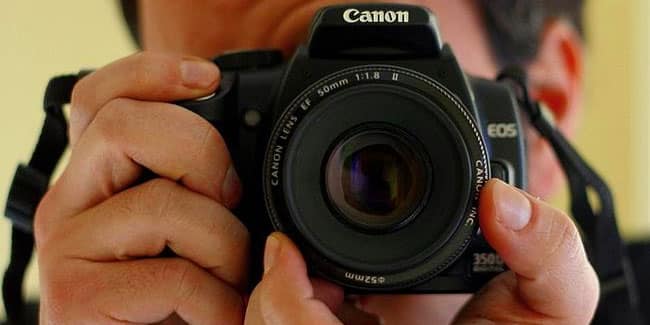Ever felt lost in a camera store, surrounded by too many choices? I have. Picking the right camera is like finding the right pair of shoes; it needs to fit just right. This guide is my two cents on making that choice a tad bit easier. Let’s get started.
1. Define Your Purpose.
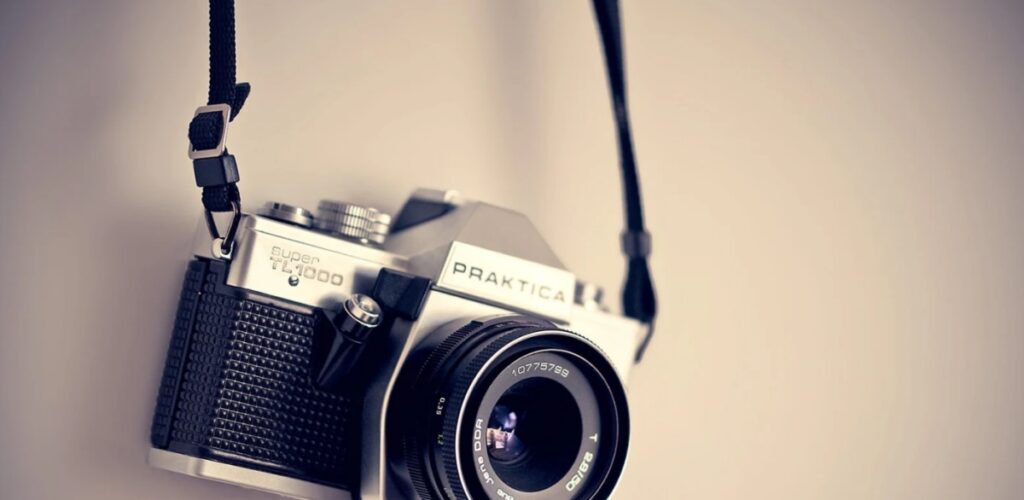
Understanding the ‘Why’ Behind Your Purchase
Before you even start comparing camera models or brands, it’s essential to understand why you want a camera in the first place. Your purpose will significantly influence your choice, ensuring you get the most value out of your investment.
Capturing Memories.
For many, a camera is a tool to chronicle life’s milestones — from birthdays and anniversaries to spontaneous moments that tug at the heartstrings. If this resonates with you, you might not need a high-end camera with all the bells and whistles. Instead, something user-friendly and reliable might be more up your alley.
Professional Pursuits.
Are you looking to dive into the world of professional photography or videography? If so, you’ll need a camera that offers more control, higher resolution, and compatibility with various accessories. Whether it’s wedding photography, product shots, or journalistic endeavors, the right camera can make all the difference.
Exploring a Hobby.
Photography can be a deeply rewarding hobby. If you’re looking to explore landscapes, night skies, or even the intricacies of macro photography, you’ll need a camera that aligns with these interests. Different genres often require specific features, so it’s crucial to identify your primary areas of interest.
Upgrading Your Gear.
For some, the quest for a new camera is about upgrading. Maybe you’ve outgrown your current gear, or technological advancements have introduced features you can’t resist. In such cases, it’s essential to evaluate what your current camera lacks and ensure your new choice fills those gaps.
Travel Companion.
For the globetrotters, a camera serves as a tool to document adventures. If travel photography or vlogging is your goal, you’ll want something portable, durable, and versatile enough to handle various environments and lighting conditions.
Specialized Needs.
Perhaps you have a unique requirement, like underwater photography, aerial shots using drones, or capturing high-speed sports action. Specialized photography often demands specialized equipment, so it’s crucial to pinpoint your needs.
2. Consider the Timing
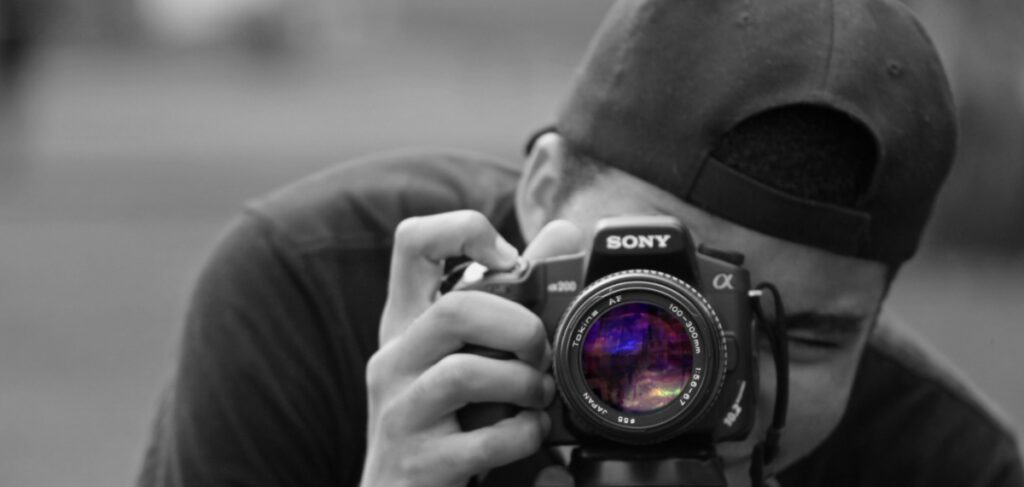
When and How Often Will You Use Your Camera?
The frequency and timing of your photography sessions can greatly influence the type of camera you should opt for. It’s not just about the camera’s capabilities, but also its convenience and accessibility based on when you plan to use it.
Daily Snapshots.
If you’re someone who loves capturing everyday moments, you’ll need a camera that’s easy to carry around. Compact cameras or lightweight mirrorless options might be ideal, ensuring you never miss those fleeting moments.
Seasonal Photography.
Are you drawn to specific seasons or events? Maybe you love capturing the vibrant hues of autumn or the serene snowfall in winter. If you’re a seasonal photographer, you might prioritize features like weather-sealing or the camera’s performance in specific lighting conditions.
Event-Based Shooting.
For those who primarily photograph events, such as weddings, concerts, or parties, a camera with excellent low-light performance and a fast autofocus system is crucial. You’ll be dealing with dynamic environments, and your camera needs to keep up.
Travel Photography.
If your camera is going to be your companion on your globetrotting adventures, consider factors like battery life, durability, and weight. You’ll want a camera that can last the day and handle various terrains without weighing you down.
Infrequent Use.
Maybe photography isn’t a daily or even monthly endeavor for you. If you’re only pulling out the camera for vacations or special occasions, you might prioritize ease of use and longevity over advanced features.
Golden Hour Enthusiast.
The golden hour, that brief period shortly after sunrise and just before sunset, offers magical lighting. If this is your preferred time to shoot, you’ll want a camera that excels in capturing those warm tones and can handle the challenges of changing light.
Night Owl.
Those captivated by nighttime mysteries need the right tools. Starry skies and neon-lit streets demand a camera with a high ISO range. Long exposure capabilities are crucial. A durable build ensures it stands up to the challenges of night photography.
3. Environment Matters
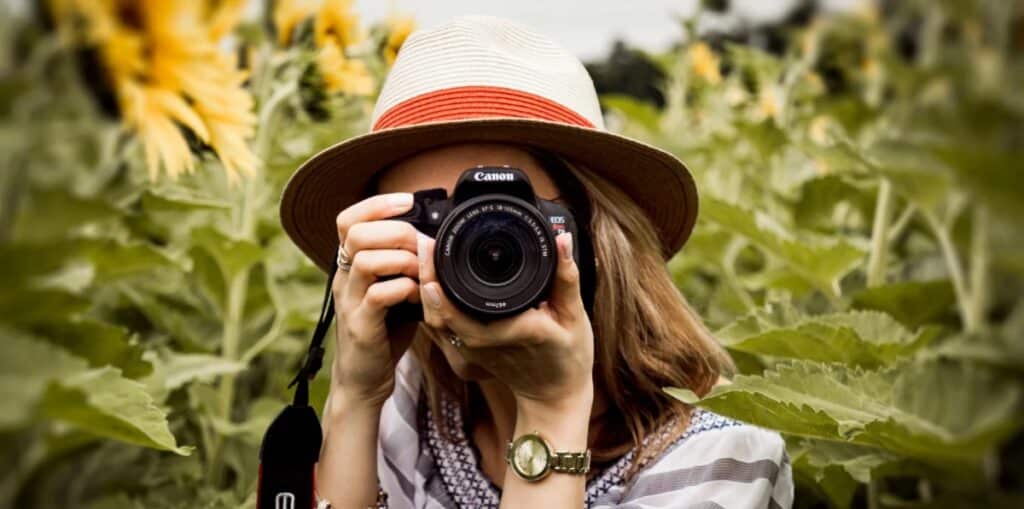
Tailoring Your Camera Choice to Your Surroundings
The environment in which you’ll be shooting plays a pivotal role in determining the best camera for your needs. From bustling urban settings to serene natural landscapes, your camera should be equipped to handle the specific challenges and demands of each environment.
Urban Jungle.
Cityscapes come alive with a myriad of colors, lights, and dynamic subjects. If street photography or architectural shots are your passion, you might want a camera that’s discreet, has a fast autofocus, and can handle contrasts well.
Nature’s Lap.
For those who find solace in nature, be it forests, mountains, or beaches, a camera with a good dynamic range and weather-sealing might be essential. Capturing the raw beauty of nature often means dealing with unpredictable lighting and weather conditions.
Studio Setting.
In controlled environments like studios, where lighting and subjects can be manipulated, a camera that offers high resolution and color accuracy is crucial. Here, the emphasis is on detail and precision.
Underwater Wonders.
If you’re drawn to the mysteries of the deep blue, underwater photography demands cameras that are waterproof and can handle the challenges of shooting beneath the surface, such as color distortion and limited light.
Extreme Conditions.
For the adventurers who brave extreme conditions, from scorching deserts to freezing polar landscapes, a durable camera that can withstand temperature variations and potential knocks is a must.
Indoor Events.
Shooting indoors, be it a cozy family gathering or a corporate event, often means dealing with artificial lighting and tighter spaces. A camera with a wide aperture and good low-light performance can be a game-changer.
Aerial Views.
Bird’s-eye views and drone photography captivate many. For this, a lightweight camera is essential. Some drones come with integrated cameras. A stable connection is crucial. High-resolution captures are a must.
4. Envision the End Result
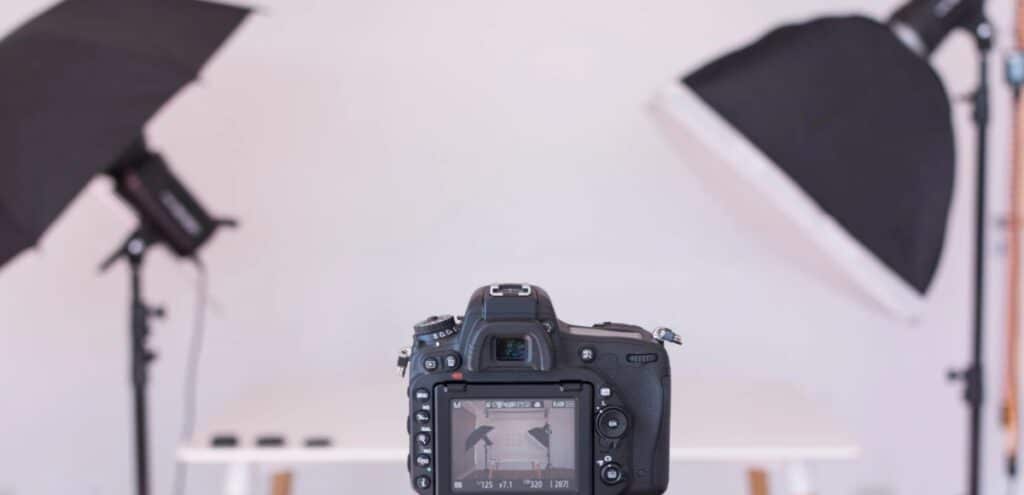
What Do You Want Your Photos to Achieve?
The ultimate goal of your photographs can greatly influence the type of camera and features you should prioritize. It’s essential to have a clear vision of what you want your final images to convey and where they’ll be showcased.
Social Media Showcases.
If your primary platform for sharing is Instagram, Facebook, or other social media, you might prioritize cameras with Wi-Fi or Bluetooth capabilities for easy transfers. Image quality is essential, but you might not need ultra-high resolution if most viewers will see your photos on small screens.
Professional Portfolios.
For those building a professional portfolio, whether online or in print, image quality is paramount. Cameras with larger sensors and the ability to shoot in RAW format can be beneficial, allowing for more post-processing flexibility.
Large Prints and Exhibitions.
Dreaming of seeing your work on a gallery wall? For large prints, every detail matters. Cameras with high resolution, excellent dynamic range, and color accuracy are crucial to ensure your prints are sharp and vibrant.
Personal Keepsakes.
If you’re creating personal photo albums or keepsakes, the emotional value of the photos might outweigh technical perfection. Still, a reliable camera that captures moments faithfully is essential.
Videography and Multimedia.
For those venturing into videography or mixed media projects, cameras with robust video capabilities, including 4K recording, image stabilization, and good audio input options, become vital.
Stock Photography.
If selling your photos on stock platforms is a goal, you’ll need a camera that meets the technical requirements of these platforms. Clarity, lack of noise, and high resolution are often key criteria.
5. Post-Processing: A Crucial Step in Photography
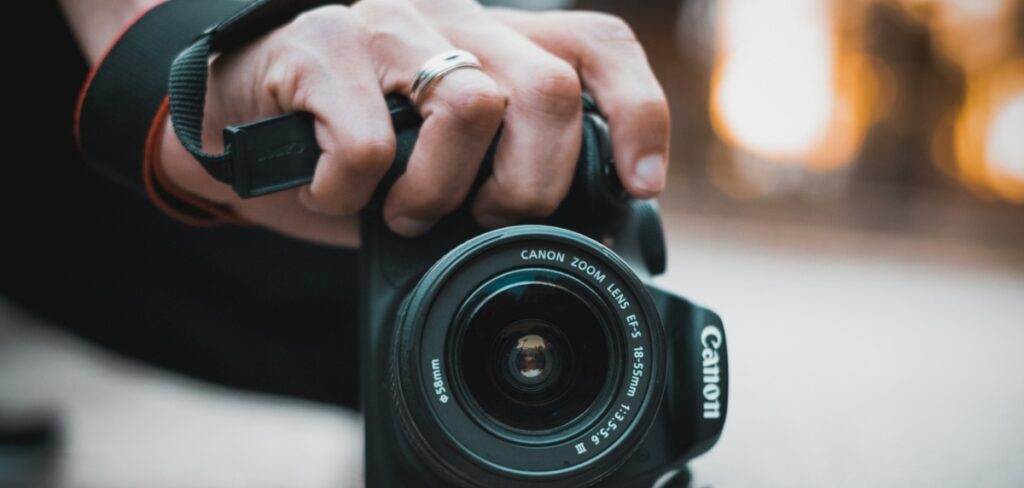
How Much Do You Plan to Edit Your Photos?
Post-processing, or the act of editing photos after they’ve been taken, can transform a good shot into a great one. However, the extent to which you plan to edit can influence the type of camera and file formats you should prioritize.
Basic Edits and Filters.
For those who only plan to make minor adjustments or apply preset filters, most modern cameras will suffice. However, ensuring your camera has a decent dynamic range can provide a bit more flexibility even for basic edits.
Advanced Photo Manipulation.
If you’re diving deep into the world of photo manipulation, using software like Photoshop, you’ll need a camera that can shoot in RAW format. RAW files retain more information, allowing for extensive edits without compromising image quality.
Color Grading and Corrections.
For photographers keen on achieving perfect color balance and grading, cameras with excellent color accuracy and depth are essential. This is especially crucial for product photography or when replicating true-to-life scenes.
HDR and Exposure Blending.
If you’re fascinated by High Dynamic Range (HDR) photography or techniques like exposure blending, cameras with bracketing features and a broad dynamic range can be beneficial.
Retouching and Detail Enhancement.
Portrait photographers or those focusing on fashion often delve into retouching. For this, high-resolution cameras that capture intricate details are crucial, ensuring skin tones and textures remain natural after edits.
Stitching and Panoramas.
Creating wide panoramas by stitching multiple photos together requires cameras with consistent exposure settings and color balance. A manual mode can be beneficial for such endeavors.
6. Ergonomics: It’s Personal
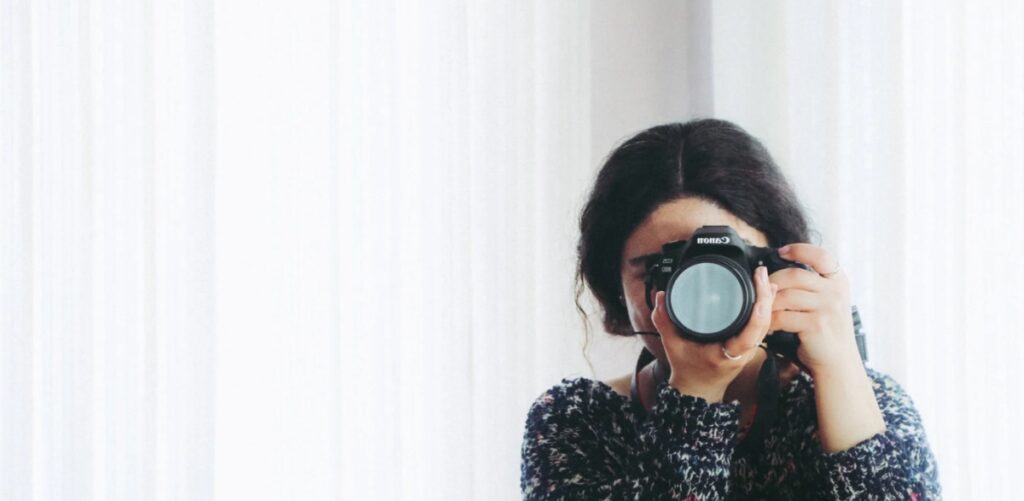
How Your Camera Fits You Matters
Ever tried on shoes that looked great but just didn’t feel right? Cameras can be the same. It’s not just about specs; it’s about how it feels in your hands and how it complements your shooting style.
Size Matters.
Some of us like to travel light. If you’re hopping from one location to another, a bulky camera can be a drag. On the other hand, if you’re setting up for a dedicated shoot, a heftier model with more features might be just what you need.
Button Placement.
Ever missed a shot because you were fumbling for the right button? The layout should be intuitive, allowing you to adjust settings without a second thought.
Grip
A long day of shooting can be tiring. A camera that sits comfortably in your hand can make all the difference, especially during those marathon sessions.
Screen and Viewfinder.
Squinting to see your shot? Whether you prefer a viewfinder or rely on the screen, clarity is key. And if you’re shooting from tricky angles, a tilting screen can be a lifesaver.
Navigating the Menu.
Diving into complex menus can be a mood killer. A straightforward interface lets you make quick changes and get back to capturing the moment.
On-the-Go Access.
Changing batteries or memory cards shouldn’t feel like solving a puzzle. Easy access can keep you shooting without unnecessary interruptions.
7. Brand Loyalty vs. Exploration: Finding Your Perfect Match
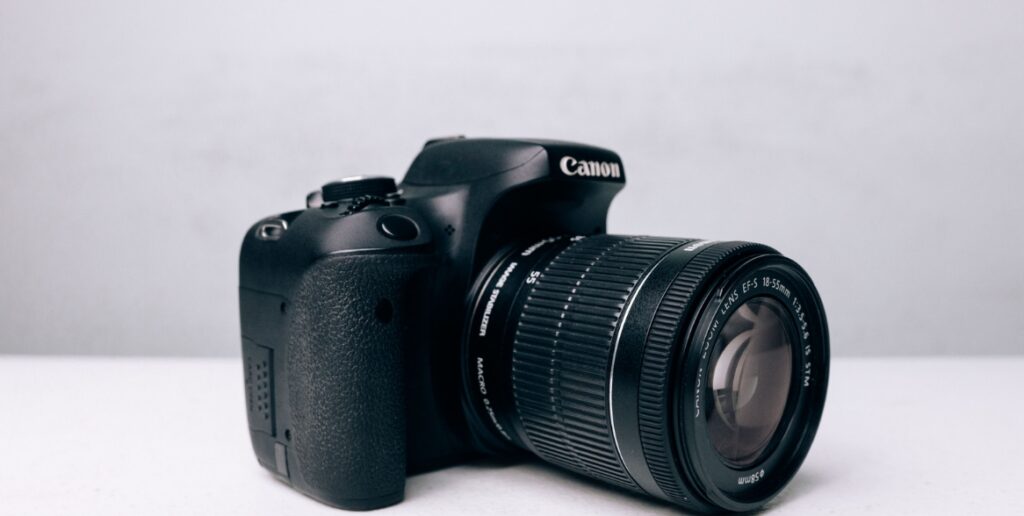
Is Sticking with What You Know Always Best?
We all have our favorites, whether it’s a go-to coffee order or a trusted brand of jeans. But when it comes to cameras, does brand loyalty always pay off, or is there merit in exploring new horizons?
Comfort in Familiarity.
Sticking to a brand you know can be comforting. You’re familiar with the menu system, the feel, and even the quirks. It’s like slipping into a pair of well-worn shoes; you know what to expect.
Lens and Accessory Compatibility.
If you’ve already invested in lenses and accessories from a particular brand, switching might seem daunting. After all, photography gear isn’t cheap, and starting from scratch can be a heavy hit on the wallet.
Exploring New Features.
But what if another brand offers a feature you’ve been longing for? Maybe it’s a game-changing autofocus system or superior low-light performance. Sometimes, venturing out of your comfort zone can lead to delightful discoveries.
Customer Support and Community.
Brands often come with communities. Whether it’s online forums, workshops, or customer support, the ecosystem around a brand can be as crucial as the camera itself.
Price Points and Deals.
Loyalty can sometimes come with perks, like discounts or early access to new releases. But don’t let that blind you. Other brands might offer competitive prices or bundle deals that give you more bang for your buck.
8. Budget: Striking the Balance Between Quality and Affordability
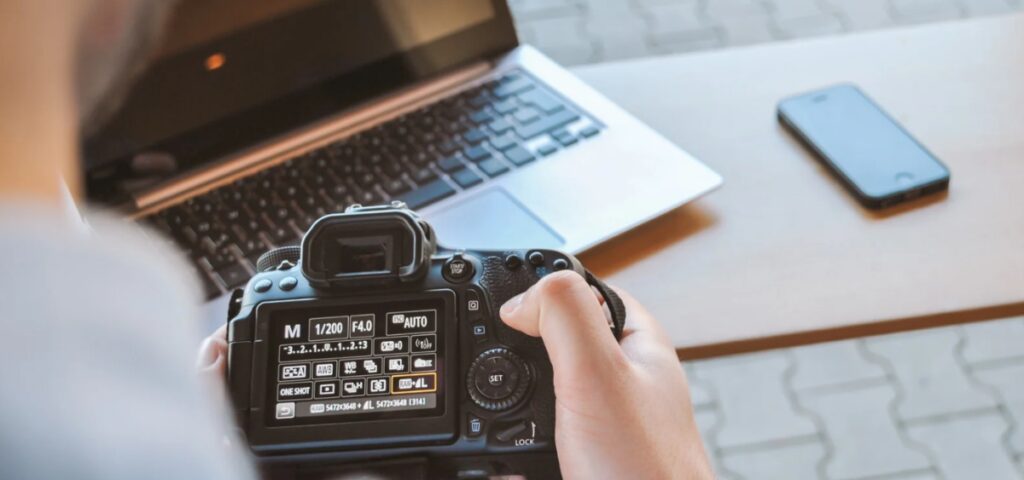
How Much Should You Really Spend?
We’ve all been there: staring at a shiny piece of tech, wondering if it’s worth the dent in our wallets. When it comes to cameras, the price range can be vast. So, how do you find that sweet spot between quality and affordability?
Setting Clear Boundaries.
Before diving into the world of camera shopping, set a clear budget. It’s easy to get swayed by flashy features, but knowing your limit can keep your spending in check.
Needs vs. Wants.
It’s crucial to differentiate between what you genuinely need and what’s just a ‘nice-to-have’. Do you really need that ultra-high resolution, or can you make do with something more modest?
Future-Proofing.
While it’s essential to stick to a budget, consider how future-proof a camera is. If it’s going to serve you well for years to come, it might be worth stretching your budget a tad.
Second-Hand Options.
Quality cameras don’t always have to be brand new. There’s a thriving market for second-hand gear, where you can find well-maintained cameras at a fraction of the original price.
Seasonal Deals and Discounts.
Timing your purchase can lead to significant savings. Black Friday, holiday sales, or end-of-season clearances can offer some great deals.
The Hidden Costs.
Remember, the camera body isn’t the only expense. Lenses, memory cards, protective cases, and other accessories can add up. Factor these into your budget to avoid any surprises.
9. Research, Research, Research: The Key to Making an Informed Choice

Are You Equipped with the Right Information?
Ever felt the regret of an impulse buy? When it comes to cameras, a little research can go a long way in preventing buyer’s remorse. Here’s why diving deep into reviews, comparisons, and user feedback is essential.
Reviews: Beyond the Sales Pitch.
We’ve all seen those glossy ads praising a product to the skies. But what’s the real story? Delving into professional reviews gives you the full picture, warts and all.
It’s like asking a friend for their honest opinion after they’ve used the camera for a while. They’ll tell you the good stuff, sure, but they’ll also let you in on the little annoyances and quirks.
User Feedback: Real-world Insights.
While expert reviews are valuable, user feedback offers insights into real-world usage. How does the camera perform over time? Are there any recurring issues?
Comparisons: The Battle of the Brands.
Pitting cameras against each other in comparison articles or videos can highlight subtle differences. These head-to-head matchups can reveal which camera edges out in areas that matter to you.
Forums and Communities: Join the Conversation.
Photography forums and online communities are goldmines of information. Engaging in discussions can offer perspectives you hadn’t considered and answer specific queries.
Hands-on Experience: Try Before You Buy.
If possible, visit a store and get a feel for the camera. How it feels in your hands, the ease of navigating menus, and the responsiveness can be best judged in person.
Keep an Eye on Updates.
Camera technology evolves rapidly. Stay updated with the latest releases. Sometimes, waiting a bit can get you a newer model or a significant price drop on an existing one.

